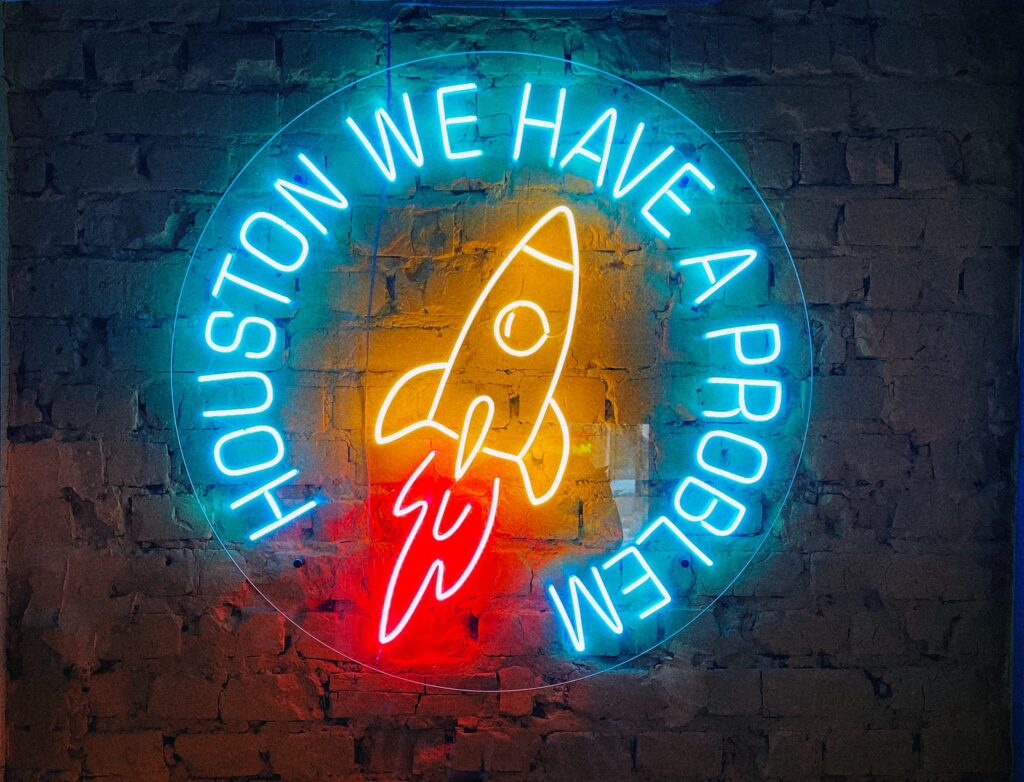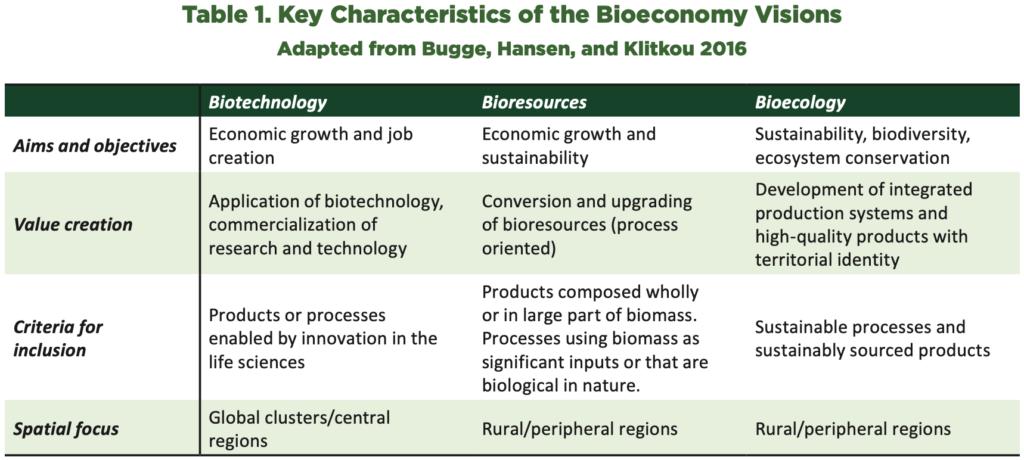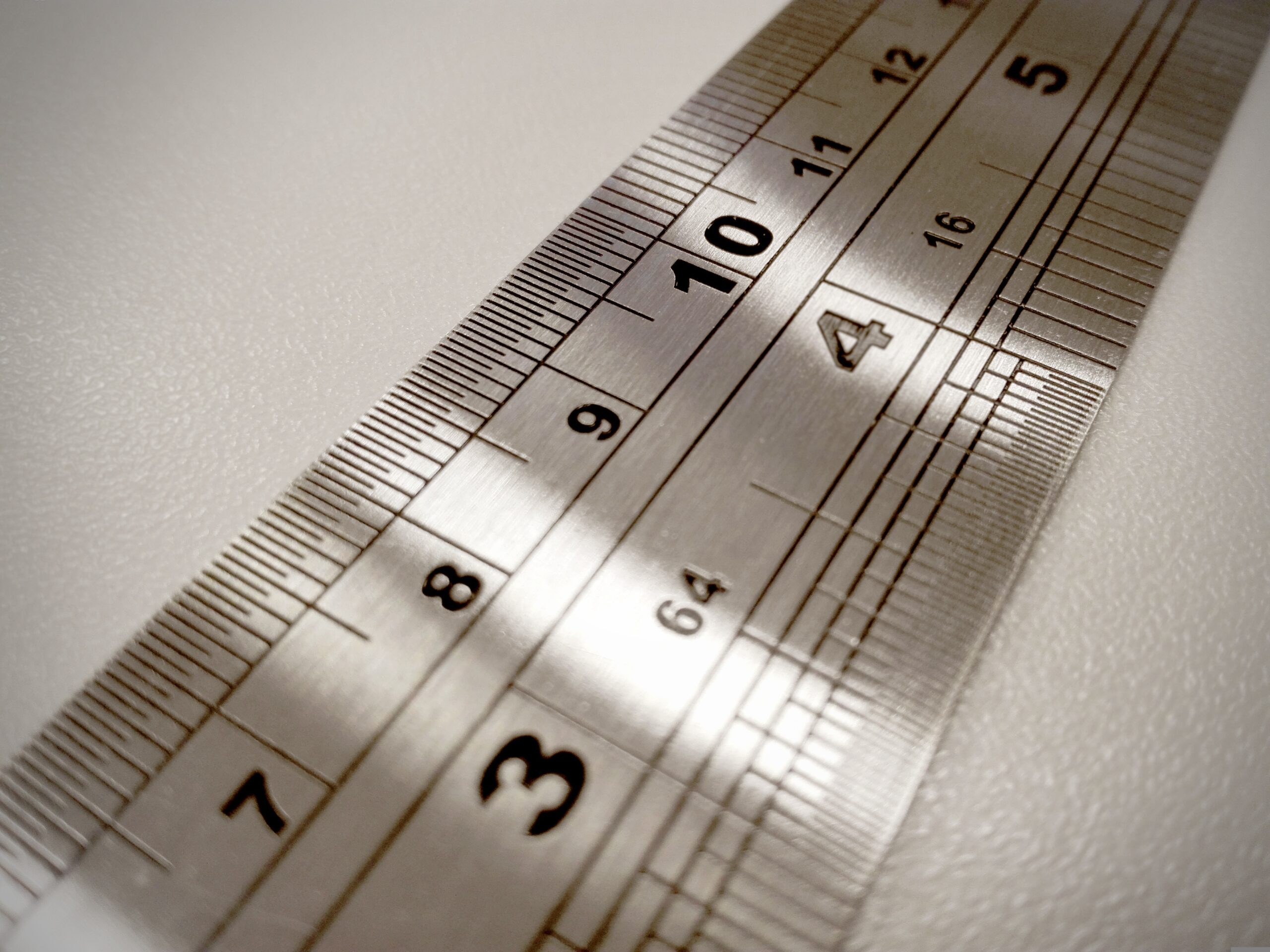This month’s article discusses the challenges and solutions for establishing a robust U.S. bioeconomy. The President’s Executive Order on innovation in biotechnology and biomanufacturing calls for agencies to submit reports on furthering societal goals related to health, climate change and energy, food and agricultural innovation, resilient supply chains, and cross-cutting scientific advances. However, defining and measuring the bioeconomy is challenging, and the need for more data and consensus on definitions makes it difficult to establish reasonable goals. The article explores some anticipated problems and examines how the administration proposes solving them, including building new systems, developing talent, creating market demand for biobased products, and working with foreign partners. The article also discusses the solutions presented to date.
Note: I’ve used an AI tool to generate starting content for several recent articles. However, this article is too complex for current AI services to be helpful beyond a turn of phrase or two. I wrote this article using “old school” techniques!

What Are Some of the Problems?
Defining and Measuring the Bioeconomy
Economists at the Department of Commerce identified our first problem – what is the bioeconomy, and how should we measure it? The existing literature identifies three “distinct visions for the bioeconomy and its role: biotechnology, bioresources, and bioecology.” [3] Figure 1. reproduces the table from their report, which shows the differences. The definition(s) used will change the assumptions, included data, and level of the resulting conclusions. Furthermore, the Bureau of Economic Analysis (BEA) has data to start a broadly defined measurement tool for the bioeconomy. However, the lack of existing data and consensus on definitions is “likely infeasible at this time.”

Establishing Bioeconomy Goals
Given the complexity of the bioeconomy definition, how can the U.S. establish reasonable goals? The executive order calls for the heads of five agencies to submit reports on how biotechnology and biomanufacturing could “further societal goals related to health, climate change and energy, food and agricultural innovation, resilient supply chains, and cross-cutting scientific advances.” These agencies are:
- Health and Human Services,
- Energy,
- Agriculture,
- Commerce, and
- National Science Foundation
The goals and functions of these agencies have minimal overlap, though their operations often do. Add any objectives related to Defense capabilities, and the project looks incomprehensible.

Building New Systems
The executive order calls for developing brand-new systems to support the initiative. Because the bioeconomy covers many areas, relevant biological data is scattered, siloed, and unstructured for collaboration. Therefore, the strategy calls for a novel Data for the Bioeconomy Initiative to remedy this deficit. The current regulatory system for biotechnology products is baffling and tricky to navigate. Innovators ask, “Is my product regulated by the FDA, USDA, EPA, or some combination of these agencies?” Biotechnology advances are also quickly changing the product and process landscape for regulators. Clarity and efficiency in our regulatory systems will be necessary to speed innovation while protecting consumers and society adequately. Furthermore, a new Biosafety and Biosecurity Innovation Initiative to “reduce biological risks associated with advances in biotechnology, biomanufacturing, and the bioeconomy” is called for.

Getting Started
Other objectives of this policy include building a domestic biomanufacturing ecosystem, developing the talent needed for the bioeconomy, creating market demand for biobased products using government procurement systems, assessing any threats to the bioeconomy, and working with foreign partners to promote and protect the U.S. and global bioeconomies. We also must “ensure that the uses of biotechnology and biomanufacturing are ethical and responsible; are centered on a foundation of equity and public good. . . and are consistent with respect for human rights. [1] Apart from the numerous reports called for in the executive order, where do we start work on this prescription for the future?

What Are the Solutions?
Propose Initial Targets
The reports called for in the executive order were released in March 2023 as “Bold Goals for the U.S. Biotechnology and Biomanufacturing.” [4] Thankfully, this report identifies several approaches to address these challenges. The goals are in five categories, with the primary author agency in parenthesis:
- Climate Change Solutions (Energy),
- Food and Agriculture Innovation (Agriculture),
- Supply Chain Resilience (Commerce),
- Human Health (HHS), and
- Cross-Cutting Advances (NSF).
These goals are not agency commitments; they are targets to establish R&D and collaborative priorities within and between federal agencies. They align with other recent administrative actions such as the American Pandemic Preparedness Plan [5], the National Biodefense Strategy [6], and the Cancer Moonshot [7]. The Department of Defense also released its Biomanufacturing Strategy in March, with objectives that align with the bold goals [8]. Coordinating to ensure efforts are correctly duplicated and timely information is available to collaborators will remain a challenge, but we now have a set of targets and can start planning.

Create Better Bioeconomy Standards
Providing more precise bioeconomy definitions and data will first require national economic data coding systems updates. The North American Industry Classification System (NAICS) and North American Product Classification System (NAPCS) have long been used to capture economic activity by sector and product type. The BEA has to identify the relevant products and isolate the relevant economic activity within those products. This work is complicated because the NAICS and NAPCS codes don’t do a good job of classifying the multiple aspects of the bioeconomy. The Federation of American Scientists hosted a panel which suggested updates to these codes and other approaches to improved standardization within the bioeconomy [9]. Establishing new and improved standards is also part of the Bold Goals.

Coordinate Around a Plan
The executive order calls for the Office of Science and Technology Policy to develop an implementation plan for the recommendations made in the agency reports (the Bold Goals). We haven’t seen a public version of that plan yet, but government actions are underway. Funding opportunities under the CHIPS and Science Act, the Infrastructure Investment Act, and the Inflation Reduction Act apply to several Bold Goals. The President’s Council of Advisors on Science and Technology issued independent recommendations to develop aspects of the bioeconomy late last year [10]. Lastly, the order includes instructions for the heads of relevant agencies to consult and coordinate with “outside stakeholders, such as those in industry; academia; nongovernmental organizations; communities; labor unions; and State, local, Tribal, and territorial governments. . . ” [1].

Conclusion
The strategy to develop and sustain a robust U.S. bioeconomy is undoubtedly ambitious. It will face many more challenges than those listed in this article. Nevertheless, the potential behind even limited success is enormous, with the stakes nothing less than the world’s health, security, and prosperity. Don’t wait to find an opportunity to contribute to this work!
References
[1] Executive Office of the President, Executive Order 14081 of September 12, 2022, “Advancing Biotechnology and Biomanufacturing Innovation for a Sustainable, Safe, and Secure American Bioeconomy.” Federal Register, September 15, 2022. Accessed July 14, 2023. https://www.federalregister.gov/documents/2022/09/15/2022-20167/advancing-biotechnology-and-biomanufacturing-innovation-for-a-sustainable-safe-and-secure-american
[2] Evergreen Bioscience Innovation Cluster, https://evergreenbioinnovation.com/
[3] Tina Highfill and Matthew Chambers, “Developing a National Measure of the Economic Contributions of the Bioeconomy.” Bureau of Economic Analysis, U.S. Department of Commerce, March 22, 2023. Accessed July 14, 2023. https://www.bea.gov/system/files/papers/bea-bioeconomy-report.pdf
[4] The White House, “Bold Goals for U.S. Biotechnology and Biomanufacturing.” March 22, 2023. Accessed July 14, 2023. https://www.whitehouse.gov/wp-content/uploads/2023/03/Bold-Goals-for-U.S.-Biotechnology-and-Biomanufacturing-Harnessing-Research-and-Development-To-Further-Societal-Goals-FINAL.pdf
[5] The White House, “American Pandemic Preparedness Plan.” September 2021. Accessed July 21, 2023. https://www.whitehouse.gov/wp-content/uploads/2021/09/American-Pandemic-Preparedness-Transforming-Our-Capabilities-Final-For-Web.pdf
[6] The White House, “National Biodefense Strategy and Implementation Plan.” October 2022. Accessed July 21, 2023. https://www.whitehouse.gov/wp-content/uploads/2022/10/National-Biodefense-Strategy-and-Implementation-Plan-Final.pdf
[7] The White House, “Cancer Moonshot.” Accessed July 21, 2023. https://www.whitehouse.gov/cancermoonshot/
[8] Heidi Shyu, “Memorandum. . .Subject: Department of Defense Biomanufacturing Strategy”. U.S. Department of Defense, March 22, 2023. Accessed July 14, 2023. https://www.cto.mil/wp-content/uploads/2023/03/2023-Biomanufacturing-Strategy.pdf
[9] Nazish Jeffery, “What’s Next for the U.S. Bioeconomy? Defining It.” Federation of American Scientists Science Policy Blog, June 22, 2023. Accessed July 14, 2023. https://fas.org/publication/whats-next-for-the-u-s-bioeconomy-defining-it/
[10] The President’s Council of Advisors on Science and Technology (PCAST), “Report to the President: Biomanufacturing to Advance the Bioeconomy.” December 2022. Accessed July 21, 2023. https://www.whitehouse.gov/wp-content/uploads/2022/12/PCAST_Biomanufacturing-Report_Dec2022.pdf
[7] USDA, “The Unified Website for Biotechnology Regulation.” Accessed July 14, 2023. https://usbiotechnologyregulation.mrp.usda.gov/biotechnologygov/home/
If you enjoyed this article and would like to read more by Katrina, sign up for her newsletter.
